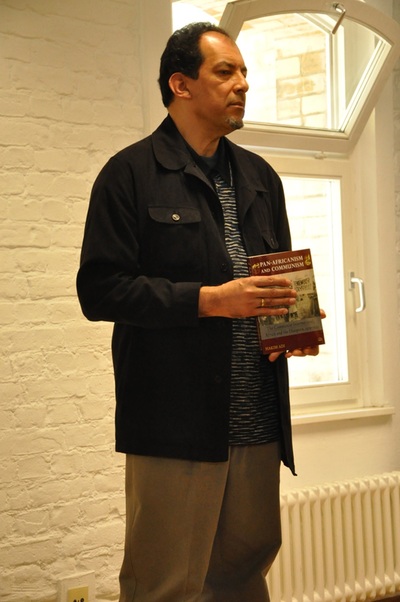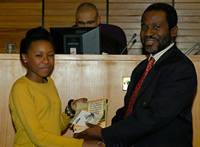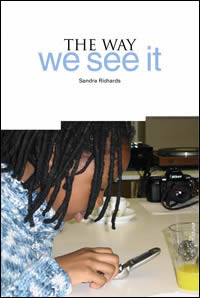The first examines the profiles of Higher education minority ethnic students and graduates. The second is entitled Understanding the Educational Needs of Mixed Heritage Pupil.
In the latter, demographic data reveal that mixed heritage pupils are the largest growing minority ethnic group across England as a whole. The largest group are those of European/African Caribbean background who number 60,635 nationally with 22,327 or 7.3% pupils at Inner London schools. The key findings of this report are the attainment of European/ African Caribbean pupils is below average, the attainment of European / African pupils is similar to average in primary schools and slightly below average in secondary schools and the attainment of European/Asian pupils is above average.
The key barriers to achievement facing pupils of European/African Caribbean origin are in many cases similar to those faced by African pupils of Caribbean heritage. They are more likely to come from socially disadvantaged backgrounds; are more likely to experience forms of institutionalised racism in the form of low teacher expectations; and, are more likely to be excluded from school.

Low expectations of pupils by teachers often seem based on a stereotypical view of the fragmented home backgrounds and ‘confused’ identities of European/African Caribbean pupils. These pupils often experience racism from teachers and from their European and African peers targeted at their mixed heritage. This can lead to the adoption of what are perceived to be rebellious and challenging forms of behaviour.
In those schools where European/African Caribbean pupils achieve relatively highly they often benefit from inclusion in policies targeted at African Caribbean learners, with whom they share similar barriers to achievement and with whom they often identify. Even in these schools, however, the specific barriers to achievement faced by European/African Caribbean learners are rarely explicitly addressed.
The report recommended that the DfES in consultation with other key national bodies develop clear and consistent guidelines for schools on the use of terminology for describing European/African Caribbean and other mixed heritage learners and work with appropriate partners to ensure that mixed heritage experiences and identities are reflected in the national curriculum and in learning materials.

External Links
The invisible colour between black and white - Guardian UnlimitedPeople in Harmony
In the latter, demographic data reveal that mixed heritage pupils are the largest growing minority ethnic group across England as a whole. The largest group are those of European/African Caribbean background who number 60,635 nationally with 22,327 or 7.3% pupils at Inner London schools. The key findings of this report are the attainment of European/ African Caribbean pupils is below average, the attainment of European / African pupils is similar to average in primary schools and slightly below average in secondary schools and the attainment of European/Asian pupils is above average.
The key barriers to achievement facing pupils of European/African Caribbean origin are in many cases similar to those faced by African pupils of Caribbean heritage. They are more likely to come from socially disadvantaged backgrounds; are more likely to experience forms of institutionalised racism in the form of low teacher expectations; and, are more likely to be excluded from school.

Mixed Heritage Education: African and European History?
Low expectations of pupils by teachers
Low expectations of pupils by teachers often seem based on a stereotypical view of the fragmented home backgrounds and ‘confused’ identities of European/African Caribbean pupils. These pupils often experience racism from teachers and from their European and African peers targeted at their mixed heritage. This can lead to the adoption of what are perceived to be rebellious and challenging forms of behaviour.In those schools where European/African Caribbean pupils achieve relatively highly they often benefit from inclusion in policies targeted at African Caribbean learners, with whom they share similar barriers to achievement and with whom they often identify. Even in these schools, however, the specific barriers to achievement faced by European/African Caribbean learners are rarely explicitly addressed.
The report recommended that the DfES in consultation with other key national bodies develop clear and consistent guidelines for schools on the use of terminology for describing European/African Caribbean and other mixed heritage learners and work with appropriate partners to ensure that mixed heritage experiences and identities are reflected in the national curriculum and in learning materials.

External Links
The invisible colour between black and white - Guardian UnlimitedPeople in Harmony
Ligali is not responsible for the content of third party sites
Speak Out!
How can we the address the specific barriers to achievement faced by bi-racial learnersClick here to speak out and share your perspective on this article.
In those schools where biracial pupils achieve relatively highly they often benefit from inclusion in policies targeted at African Caribbean learners
See Related:




Get involved and help change our world